Ah, 2019. A pint of milk cost less than 50p, Theresa May was PM, and online’s share of grocery was at around 6.7% [Nielsen]. While still in single digits, the steady upward trajectory of its share of sales was inspiring bold moves in online operations.
Biggest among them was M&S and its joint venture with Ocado, acquiring half of its retail arm in a move that “marks M&S’s first truly transformational step in shaping our future as a digital-first retailer” said M&S’s then CEO Steve Rowe. The supermarket put £562.5m on the table up front for its share, promising up to £187.5m more, plus interest “conditional on reaching agreed financial and operational targets”, which it surely would.
Then came the stuff only imagined in disaster movies – a global pandemic – which made the move look like divine foresight.
Online grocery sales soared. And those involved in the deal only became more emboldened. “Half the market should be shopping online,” said Ocado Retail’s then CEO Melanie Smith in 2020, “it’s just a question of when. I don’t think this is bullish, I think this is realistic.”
Indeed, share continued to rise, reaching a high watermark of 16.1% in early 2021, according to Nielsen. But it was never going to last. And now it’s over – with the joint venture having missed out on its opportunity to truly capitalise.
Ocado Retail’s new CEO Hannah Gibson put a brave face on some milquetoast results this morning. Revenue was practically flat in Q4 2022 (up 0.3%) versus the same quarter in 2021. Despite having boosted the number of active customers using Ocado.com by 12.9% year on year, to just under a million, each was shopping less frequently and purchasing smaller baskets when they did, with average basket value down 1.3% to £117.
During the pandemic, the online supermarket had too many wannabe customers and not enough capacity to serve them. Now it’s the other way round. Having been slow to get new CFCs online, it now finds itself with excess capacity (CFCs running at two-thirds capacity) causing a “drag on cost base”, Gibson said. And it’s getting desperate for more customers.
A customer acquisition drive is underway and Ocado Retail has “rebuilt our muscle memory” for doing so, Gibson added.
True, three-quarters of households have tried shopping online, “creating a large pool of customers to go after” Gibson said. But they are quickly losing their pandemic habits and reverting to their old, in-store ways.
That trend is not so much of a problem for Tesco, which also made a bold online move in 2019. Then CEO Dave Lewis laid out plans to establish a network of 25 ‘urban fulfilment centres’, robotic micro-depots built in spare space in the back of larger stores, which would help Tesco deliver online orders faster and to more customers.
But it today scaled back those plans, dropping the planned rollout in favour of a “test and learn approach” as online growth slows. No biggie, though, when you have a huge physical store estate.
For Ocado Retail, however, this is borderline crisis. The necessary customer acquisition will be costly. It is already spending big on an ongoing and improving TV campaign. And offline shoppers will need a bigger push to switch to online than existing online customers at rivals. In a cost of living crisis, Ocado – hardly known for low prices – needs to “invest in value” including prices and promotions, Gibson said.
All going well, “while there remain many uncertainties, we expect Ocado Retail to deliver marginally positive EBITDA this year”, she explained.
Even so that’s likely short of the “agreed financial and operational targets” laid out in the transaction terms of the joint venture, meaning Ocado might not see some or all of the performance-provisional £187.5m from M&S. Ouch.
The pandemic’s impact on online shopping was a dream situation for Ocado, but one it couldn’t take advantage of. The post-pandemic new normal is turning into even more of a nightmare.







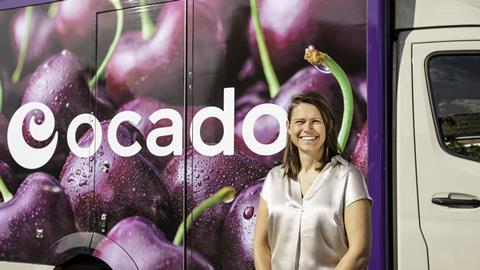

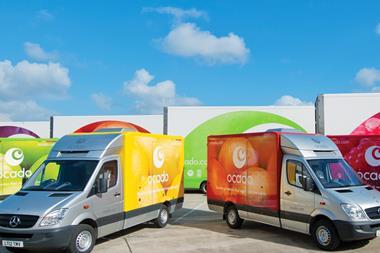
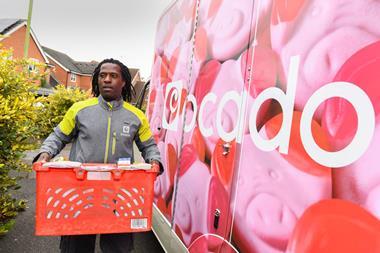


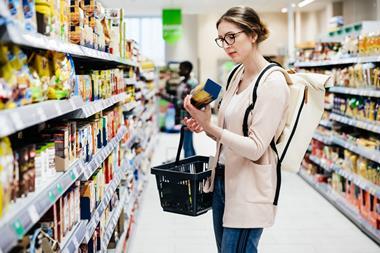





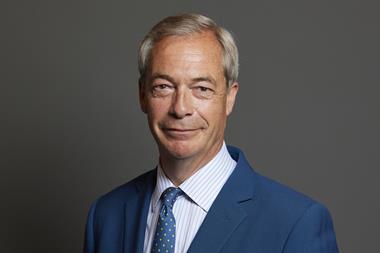
No comments yet